The most likely representation of resonance structure of p-nitrophenoxide is :


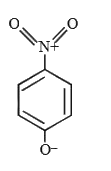
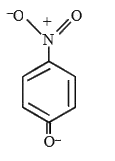
The correct Answer is:A
To determine the most likely representation of the resonance structure of para-nitrophenoxide, we need to follow these steps:
Step 1: Understand the Structure of Para-Nitrophenoxide
Para-nitrophenoxide consists of a phenolic ring (benzene with an -OH group) with a nitro group (-NO2) attached to the para position relative to the hydroxyl group. The structure can be represented as follows:
O∣|C6H4−NO2|OH
Step 2: Identify Possible Resonance Structures
We can draw several resonance structures for para-nitrophenoxide by moving electrons around while keeping the overall charge and the connectivity of atoms the same. The important feature is to ensure that we maintain the aromaticity of the benzene ring.
Step 3: Check for Octet Completion
For each resonance structure, we need to check if all atoms have a complete octet (8 electrons) around them:
1. Structure A:
- The nitrogen in the nitro group has a complete octet.
- The oxygen in the hydroxyl group has a complete octet.
- All carbon atoms in the benzene ring have a complete octet.
2. Structure B:
- The nitrogen has an expanded octet (10 electrons), which is not stable.
- The oxygen in the nitro group has a complete octet.
- The hydroxyl oxygen has a complete octet.
3. Structure C:
- The nitrogen has an expanded octet (10 electrons).
- The oxygen in the nitro group has a complete octet.
- The hydroxyl oxygen has a complete octet.
4. Structure D:
- The nitrogen has a complete octet.
- The oxygen in the nitro group has an expanded octet (9 electrons).
- The hydroxyl oxygen has a complete octet.
Step 4: Determine the Most Stable Structure
The most stable resonance structure is the one where all atoms have a complete octet.
- Structure A is the most stable because all atoms have a complete octet.
- Structures B, C, and D are less stable due to expanded octets.
Conclusion
The most likely representation of the resonance structure of para-nitrophenoxide is Structure A.
---
Para-nitrophenoxide consists of a phenolic ring (benzene with an -OH group) with a nitro group (-NO2) attached to the para position relative to the hydroxyl group. The structure can be represented as follows:
We can draw several resonance structures for para-nitrophenoxide by moving electrons around while keeping the overall charge and the connectivity of atoms the same. The important feature is to ensure that we maintain the aromaticity of the benzene ring.
For each resonance structure, we need to check if all atoms have a complete octet (8 electrons) around them:
- The nitrogen in the nitro group has a complete octet.
- The oxygen in the hydroxyl group has a complete octet.
- All carbon atoms in the benzene ring have a complete octet.
- The nitrogen has an expanded octet (10 electrons), which is not stable.
- The oxygen in the nitro group has a complete octet.
- The hydroxyl oxygen has a complete octet.
- The nitrogen has an expanded octet (10 electrons).
- The oxygen in the nitro group has a complete octet.
- The hydroxyl oxygen has a complete octet.
- The nitrogen has a complete octet.
- The oxygen in the nitro group has an expanded octet (9 electrons).
- The hydroxyl oxygen has a complete octet.
The most stable resonance structure is the one where all atoms have a complete octet.
- Structures B, C, and D are less stable due to expanded octets.
The most likely representation of the resonance structure of para-nitrophenoxide is Structure A.
Topper's Solved these Questions
- BOOK - MOTIONCHAPTER - CHEMICAL BONDING EXERCISE - EXERCISE -4 LEVEL-I39videos
CHEMICAL BONDING
- BOOK - MOTIONCHAPTER - CHEMICAL BONDING EXERCISE - EXERCISE -4 LEVEL-II40videos
CHEMICAL BONDING
- BOOK - MOTIONCHAPTER - CHEMICAL BONDING EXERCISE - EXERCISE -2 LEVEL II71videos
CHEMICAL BONDING
- BOOK - MOTIONCHAPTER - CARBOXYLIC ACIDEXERCISE - Exercise - 4 (LEVEL - 2 )22videos
CARBOXYLIC ACID
- BOOK - MOTIONCHAPTER - CHEMICAL EQUILIBRIUMEXERCISE - Exercise - 420videos
CHEMICAL EQUILIBRIUM
Similar Questions
Knowledge Check
- Question 1 - Select One
The most unlikely representation of resonance structure of p-nitrophenoxide is :
A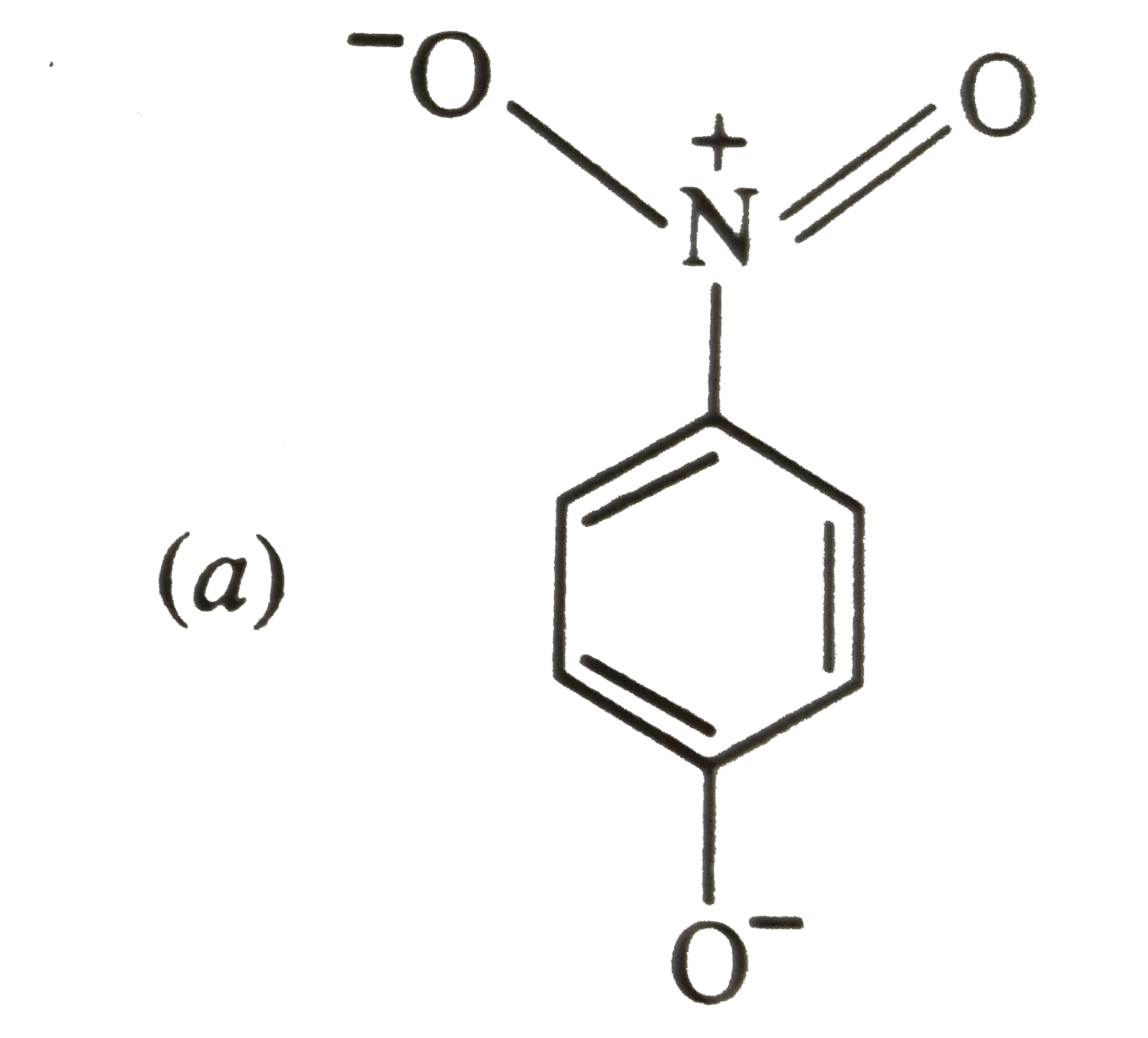 B
B C
C D
D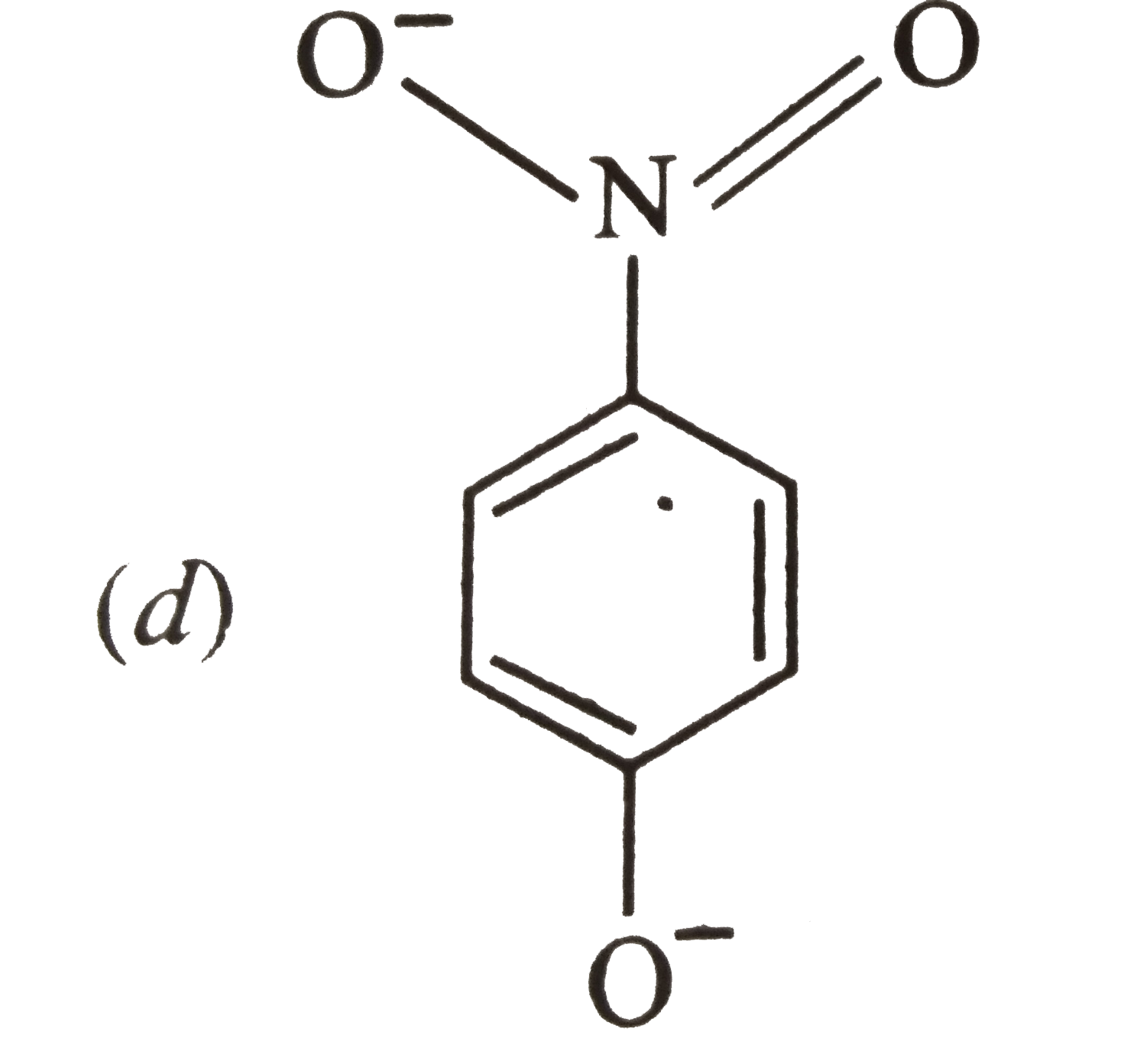
- Question 2 - Select One
The most unlikely representation of resonance structure of p-nitrophenoxide is :
A B
B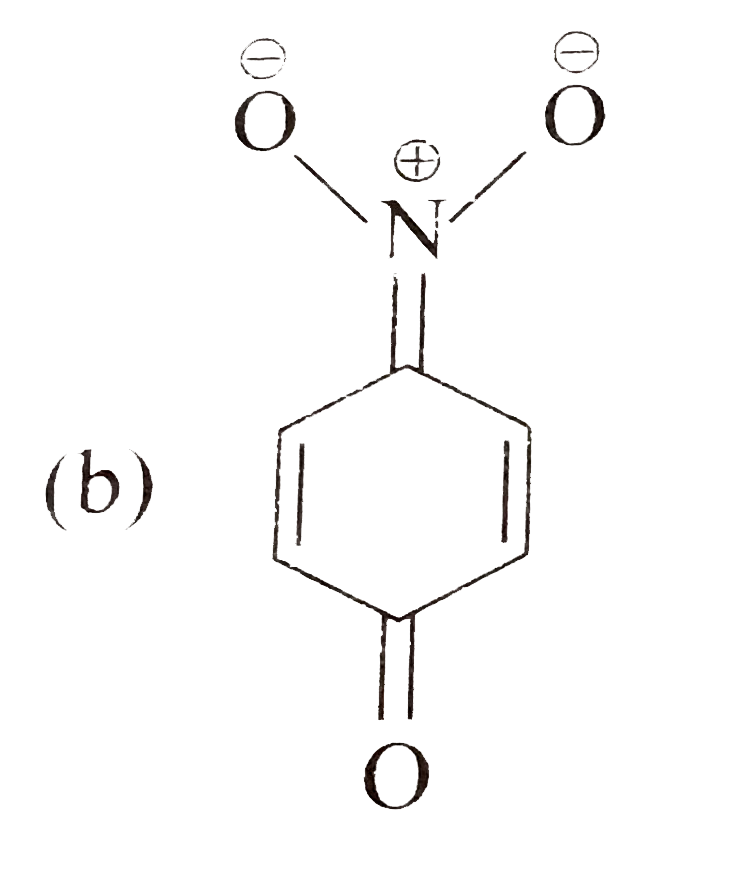 C
C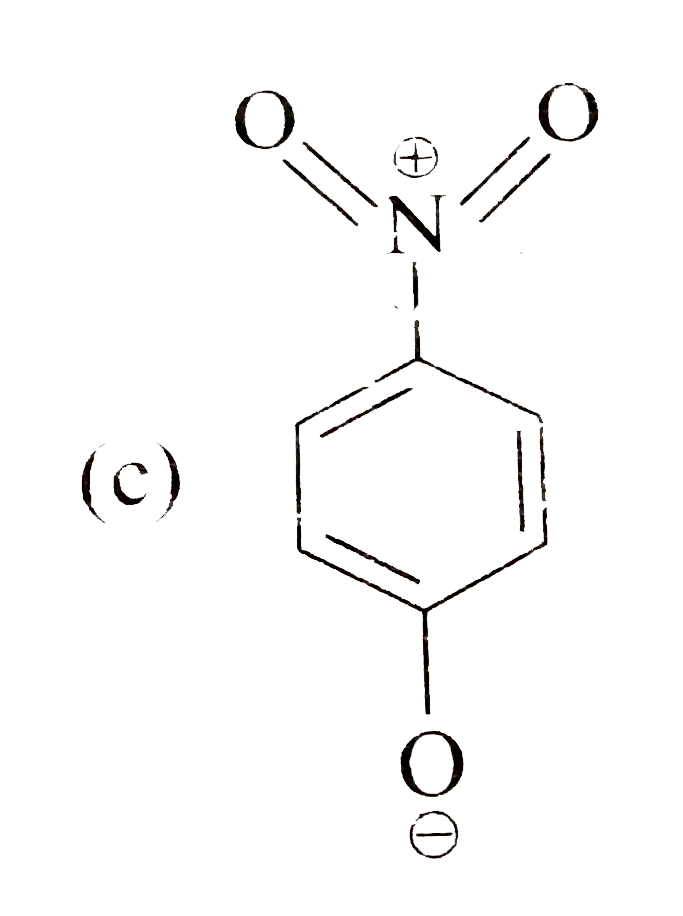 D
D
- Question 3 - Select One
The most unlikely representation of resonance structures of p-nitrophenoxide ion is
A B
B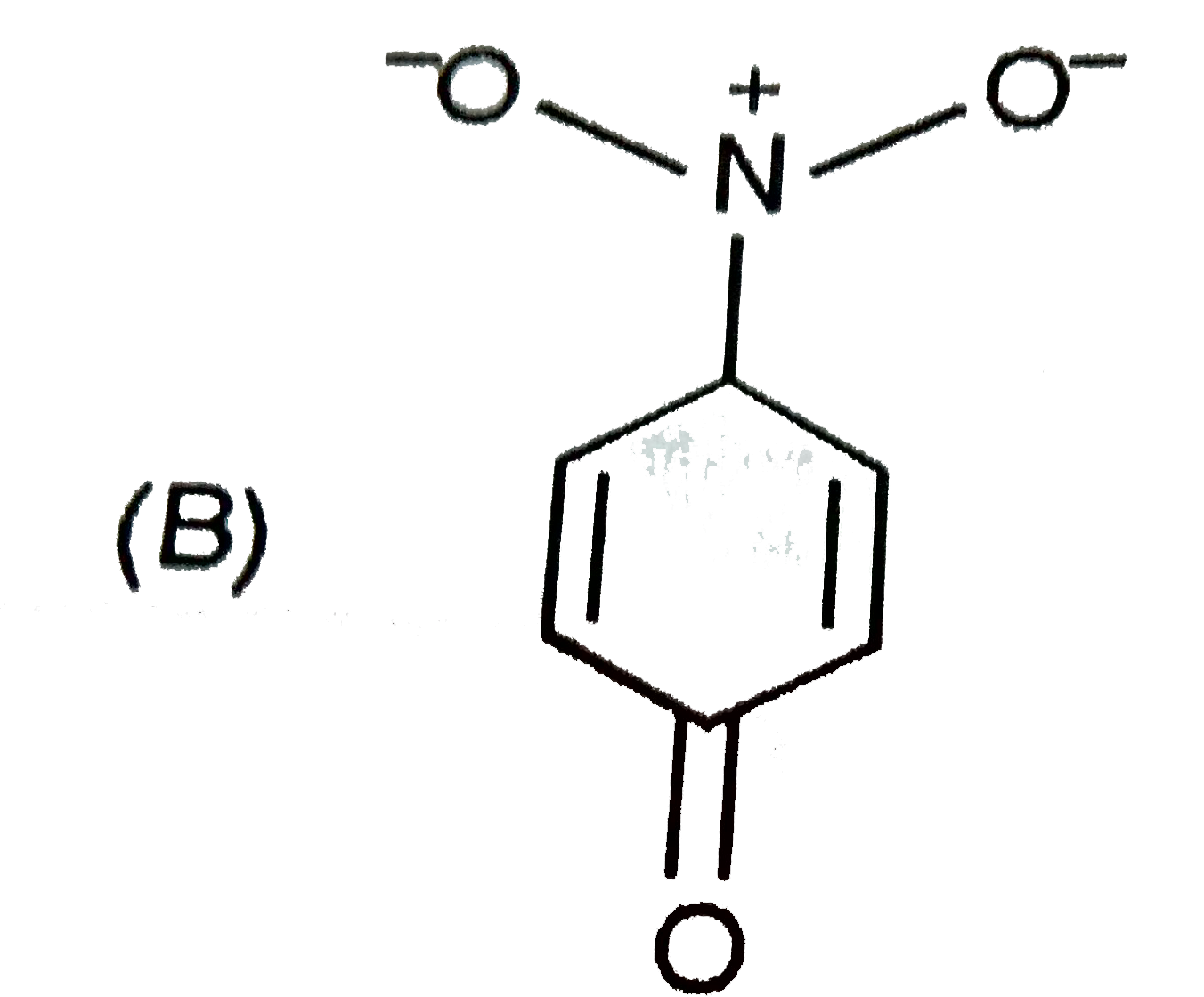 C
C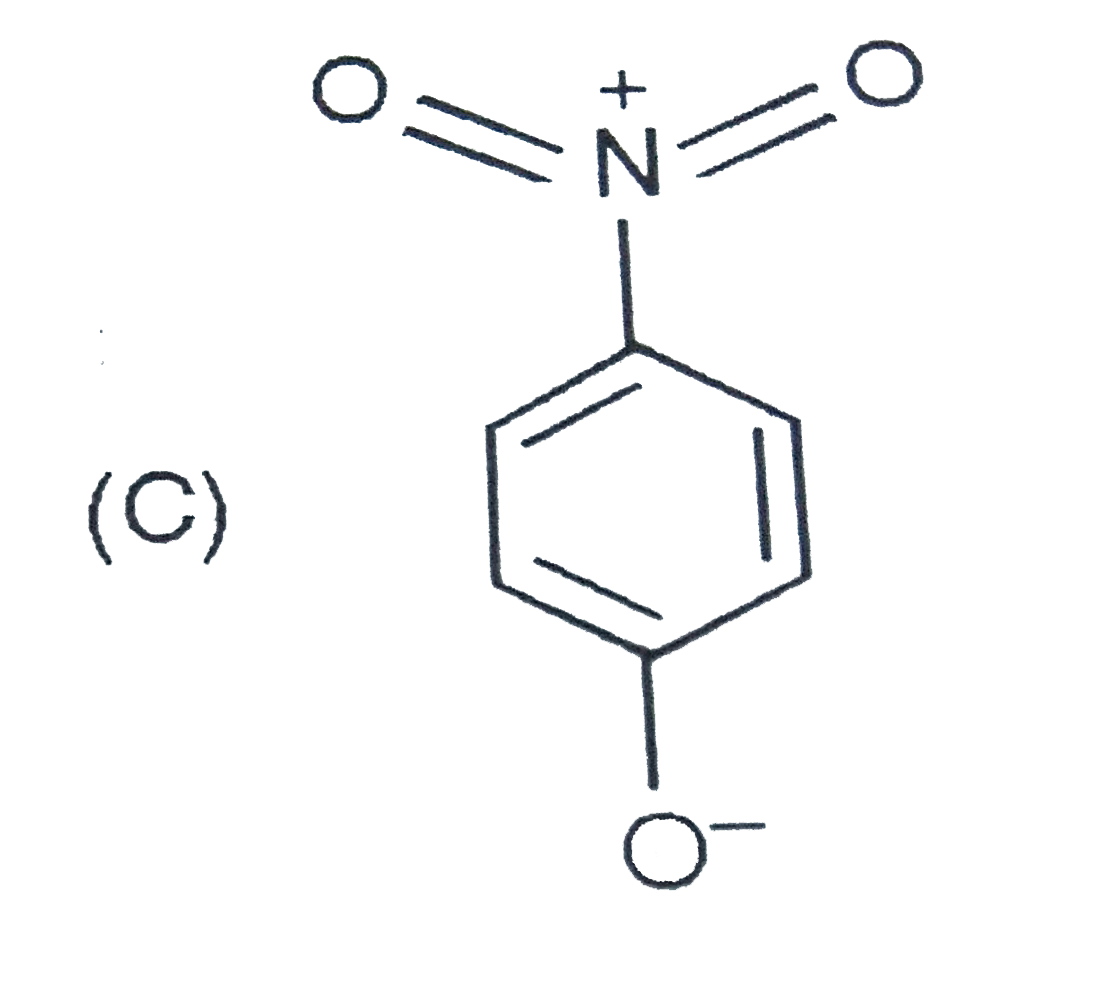 D
D
The most unlikely representation of resonance structure of p-nitrophenoxide ion is :-
View SolutionThe most unlikely representation of resonance structures of p-nitrophenoxide ion is :
View SolutionThe most unlikely representation of resonance structure of p-nitrophenoxide ion is:
View SolutionThe most unlikely representation of resonance structures of p-nitrophenoxide ion is
View SolutionThe most unlikely representation of resonance structures of p-nitrophenoxide ion is:
View Solution

